What is Diecast Metal
Diecast metal models have captured the hearts of collectors and enthusiasts for decades. But what exactly is diecast metal and why is it so popular? This comprehensive guide will help you understand the world of diecast metal, from its manufacturing process to tips on starting your own collection. Whether you’re a seasoned collector or a curious beginner, this guide provides everything you need to know to get started in the fascinating world of diecast metal.
The Basics of Diecast Metal
Diecast metal refers to models and toys produced using a specific manufacturing process called die casting. This process involves injecting molten metal, typically alloys of zinc, tin, or lead, into molds (dies) under high pressure. The molten metal then solidifies within the mold, taking on the shape of the desired object. This method allows for intricate designs and high levels of detail, making diecast metal models incredibly realistic and appealing to collectors. The term ‘diecast’ also often refers to the models themselves.
What Materials Are Used in Diecast Metal
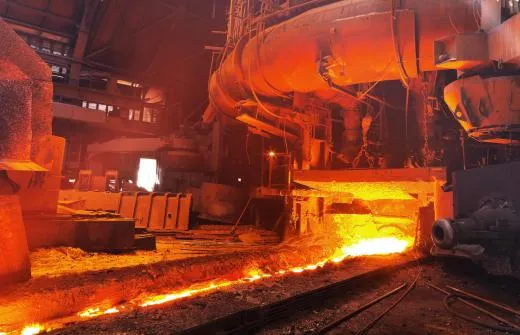
The most common metals used in diecast models are alloys. These are mixtures of different metals designed to improve properties like strength, melting point, and corrosion resistance. Zinc alloys are frequently used because they have a low melting point, making them easy to work with, and they can reproduce fine details. Other materials sometimes used include alloys of tin and lead, though these are less common today due to health concerns. Plastic components are also often incorporated to add different textures or functionality to the models. These combinations allow for highly detailed and durable models. The choice of material significantly impacts the final product’s quality and feel.
The Die-casting Process
The die-casting process is the heart of diecast metal manufacturing. It starts with creating a mold or die, which is usually made of steel. This die is precisely engineered to create the desired shape of the model. Molten metal is then injected into the die under high pressure. This pressure forces the metal into every detail of the mold, ensuring that even the most intricate features are captured. Once the metal cools and solidifies, the die is opened, and the finished model is ejected. The model then undergoes finishing processes, such as painting, detailing, and assembly of any additional parts like windows, tires, or accessories, which are usually made of plastic. This process is efficient and allows for mass production while maintaining high quality.
Why Diecast Metal is Popular
Diecast metal models have a broad appeal, which stems from their realism, collectibility, and the nostalgia they evoke. Collectors appreciate the attention to detail, the accuracy in replicating real-world vehicles and objects, and the tactile feel of a well-made model. The popularity of diecast metal extends beyond just collecting, with enthusiasts often customizing and modifying their models. For many, diecast models are a way to connect with their childhood memories or with interests like cars, planes, and trains. The enduring appeal of diecast metal lies in its ability to offer a tangible and engaging experience.
Benefits of Diecast Metal
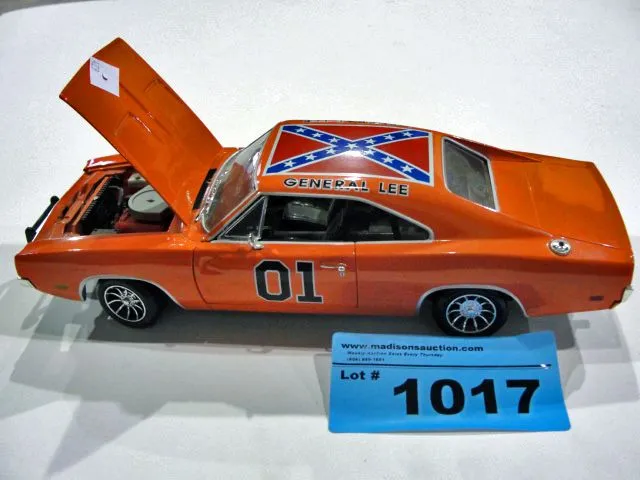
Diecast metal models offer several significant advantages over other types of models and toys. These benefits contribute to their lasting popularity among collectors and enthusiasts. From durability to detailed designs, diecast metal provides a unique and rewarding experience for anyone interested in collecting or simply appreciating finely crafted miniatures.
Durability and Strength
One of the main benefits of diecast metal models is their durability and strength. The metal alloys used in the die-casting process create a robust and resilient product. This makes diecast models more resistant to damage compared to plastic models. They can withstand handling, play, and the test of time, making them ideal for collectors and those who enjoy displaying their models. The sturdy construction ensures that the models can be enjoyed for years, even decades, with proper care.
Detail and Accuracy
The die-casting process allows for incredibly detailed and accurate representations of real-world vehicles and objects. Manufacturers can replicate intricate designs, fine lines, and small details that would be difficult to achieve with other methods. This level of detail is a significant draw for collectors, who appreciate the realism and precision of diecast models. From the engine components to the interior details, the models often look like miniature versions of the real thing. This level of accuracy makes them not only appealing but also educational, as they can be used to learn about different vehicles or objects.
Versatility in Design
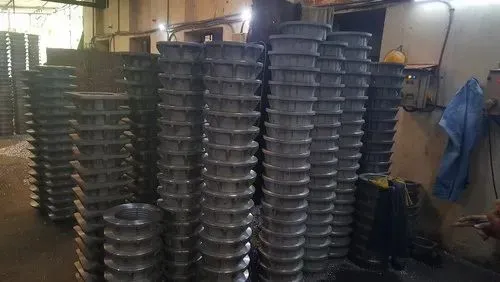
Die-casting offers remarkable versatility in design, enabling the production of a wide range of models, from cars and planes to trains and construction equipment. This flexibility allows manufacturers to create models of virtually anything imaginable. The ability to produce models in different scales, finishes, and levels of detail adds to the versatility. Whether you’re interested in classic cars, modern aircraft, or vintage trains, diecast metal offers a diverse range of options to suit any collector’s preferences. This design versatility is why diecast metal remains a popular medium for model making.
Cost-Effectiveness
Compared to other manufacturing methods, die-casting is a cost-effective way to produce high-quality models in large quantities. While the initial cost of creating the dies can be substantial, the process itself is efficient, allowing for mass production without sacrificing quality. This makes diecast models accessible to a wider audience, from casual hobbyists to serious collectors. The combination of detail, durability, and affordability makes diecast metal a great value for the money, contributing to its widespread popularity and appeal.
Collecting Diecast Metal
Collecting diecast metal models can be a rewarding and enjoyable hobby. It allows you to appreciate craftsmanship, learn about different vehicles and objects, and connect with a community of enthusiasts. Starting a collection is a personal journey, and there are many different avenues to explore. Whether you are interested in cars, planes, or other collectibles, there is a wide world of diecast metal models waiting to be discovered.
Types of Diecast Metal Models
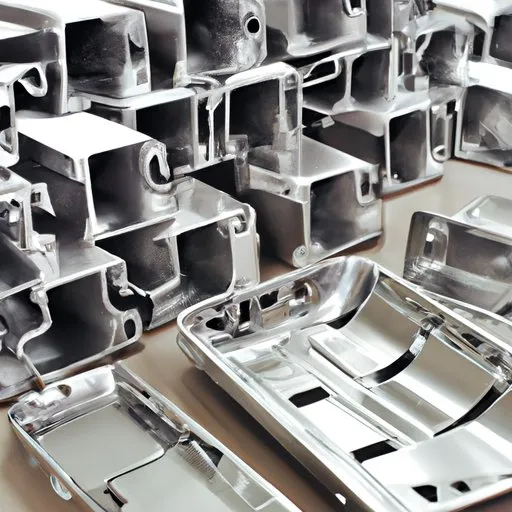
Diecast metal models come in a variety of types, catering to different interests and collecting preferences. Each type has its own unique appeal and offers collectors a wide range of options to choose from.
Cars
Car models are the most popular type of diecast metal collectibles. They range from classic vintage cars to modern supercars, and everything in between. Many collectors specialize in a particular brand, era, or type of car. The level of detail and variety available in car models is astounding, with manufacturers recreating every detail from the exterior paint to the interior upholstery. The popularity of car models also means there are many clubs and events dedicated to the hobby.
Planes
Diecast metal plane models are another popular choice, particularly for aviation enthusiasts. These models accurately depict various aircraft, from commercial airliners to military fighter jets. Collectors often focus on specific airlines, aircraft manufacturers, or historical events. The intricate details of plane models, including markings, engines, and cockpit interiors, make them highly sought after. Their ability to capture the sleek designs and imposing presence of aircraft makes them highly desirable models.
Trains
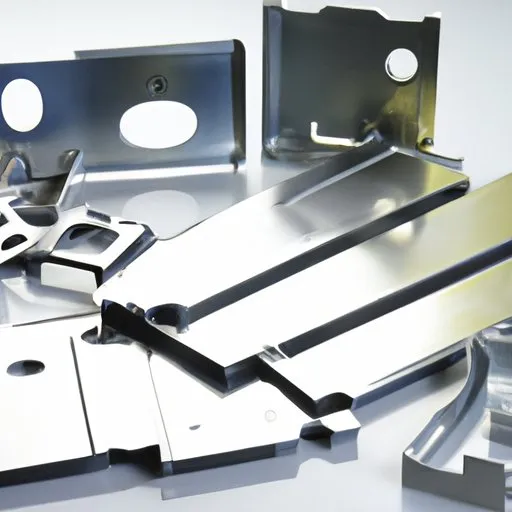
Train models offer a detailed representation of various locomotives, passenger cars, and freight cars. Collectors can build entire layouts, recreating historical train routes or imagining their own railway systems. The intricate details, from the wheels and couplers to the interiors of passenger cars, are very appealing. Train models also include the added challenge of detailing and assembling, offering a different level of engagement for collectors.
Other Collectibles
Besides cars, planes, and trains, diecast metal is used to create many other collectibles. This includes construction vehicles like bulldozers and cranes, military vehicles, motorcycles, and even figures. The variety of options ensures that there’s a niche for every collector. These models offer a way to collect a wide range of interests and explore different aspects of engineering, history, and design.
Tips for Starting a Collection
Starting a diecast metal collection can be a fun and rewarding experience. The most important thing is to focus on what you enjoy. Start by choosing a theme or area of interest, such as classic cars, military vehicles, or specific brands. Set a budget and stick to it to avoid overspending. Research different manufacturers and scales to find models that appeal to your eye. Build relationships with other collectors and join online forums or local clubs to exchange information and learn from others. Most importantly, have fun and enjoy the journey of building your collection. Be patient, do your research, and appreciate the craftsmanship of each model, and your collection will grow beautifully.
Where to Buy Diecast Metal Models
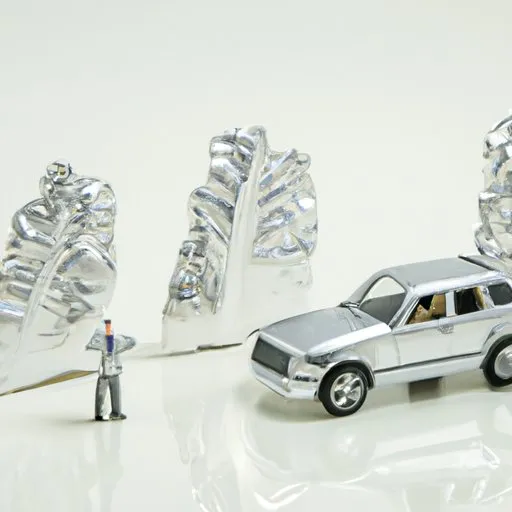
Finding the perfect diecast metal models is part of the thrill of collecting. There are several places where you can purchase models, each with its own advantages. Whether you are looking for new releases, rare finds, or a community of fellow collectors, knowing where to look will help you build a rewarding collection.
Online Retailers
Online retailers offer a convenient way to browse a vast selection of diecast models. Major online marketplaces like Amazon and eBay have extensive listings, often with competitive pricing and customer reviews. Specialty online stores dedicated to diecast models provide a curated selection and expert advice. This makes it easy to compare models, research manufacturers, and find exactly what you’re looking for. Many online retailers also offer detailed product descriptions, photos, and often videos, allowing you to assess each model before making a purchase. Online platforms provide access to a global market and the ease of home delivery.
Specialty Shops
Specialty shops are an excellent resource for collectors who appreciate expert knowledge and personal service. These shops often specialize in diecast models and carry a wide range of brands, scales, and models. Shop owners are typically collectors themselves and can offer valuable insights and advice on finding the perfect models. They often have access to rare and limited-edition items, as well as a community of collectors. Visiting a specialty shop allows you to see the models in person, examine the details, and get personalized recommendations. These shops also frequently host events and offer a place for collectors to meet and connect.
Flea Markets and Auctions
Flea markets and auctions can be exciting places to find diecast models, often at discounted prices. You can discover vintage and rare models that are not available elsewhere. Auctions, both online and in-person, can offer competitive bidding opportunities. Flea markets are also a chance to meet other collectors and explore a diverse selection of models. Doing your research and inspecting the models carefully before purchasing is essential. These venues require a more hands-on approach, but they often reward collectors with unique finds and great deals. These events can also become an exciting part of your collecting journey.
How to Care for Your Diecast Metal
Proper care and maintenance will preserve your diecast metal models and ensure they remain in excellent condition for years to come. Careful cleaning, storage, and display are all vital to keep your models looking their best. By following these simple steps, you can protect your investment and keep your collection in pristine condition. Regular maintenance is an essential part of collecting and will contribute to the enjoyment and value of your models.
Cleaning and Maintenance
Regular cleaning is essential to remove dust, dirt, and fingerprints from your diecast models. Use a soft, lint-free cloth to gently wipe the models. Avoid harsh chemicals or abrasive cleaners, which could damage the paint or other delicate parts. For more detailed cleaning, use a mild soap and water solution. Dip the cloth in the solution, squeeze out any excess water, and gently clean the model. Always dry the model thoroughly to prevent rust or corrosion. Examine your models regularly for any signs of wear and tear, such as loose parts or paint chipping. Repair minor issues promptly to prevent further damage. Regular cleaning and maintenance will keep your models looking their best.
Storage and Display
Proper storage and display will protect your diecast models from damage and preserve their condition. Store your models in a cool, dry place away from direct sunlight and extreme temperatures. UV light can cause fading and discoloration. Consider using display cases or cabinets to protect your models from dust and accidental damage. Arrange your models in a way that showcases their details and allows you to easily admire them. Consider investing in specialized display shelves. By following these steps, you can ensure your models are safely stored while allowing you to admire your collection. Consider regularly rotating your display to prevent long-term exposure to light.
Common Issues and How to Solve Them
Despite their durability, diecast metal models can encounter issues over time. Common problems include paint chipping, loose parts, and rust. Paint chips can often be touched up with matching paint or a fine-tipped paint pen. Loose parts can be reattached using a small amount of adhesive. Rust can be removed by carefully cleaning the affected area with a rust remover, but this could damage the model’s paint, so proceed with care. If you’re not comfortable repairing a model yourself, consider consulting a professional model repair service. Addressing these issues promptly will help protect your investment. Taking care of minor issues will prevent more extensive damage.
In conclusion, diecast metal models are more than just toys; they are a celebration of craftsmanship, a window into history, and a passion for collectors. Whether you’re captivated by the intricate details, the variety of models, or the joy of building a collection, diecast metal offers a rewarding experience. Start your journey today, explore the possibilities, and discover the endless world of diecast metal.
